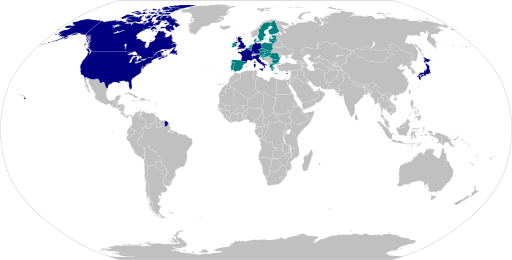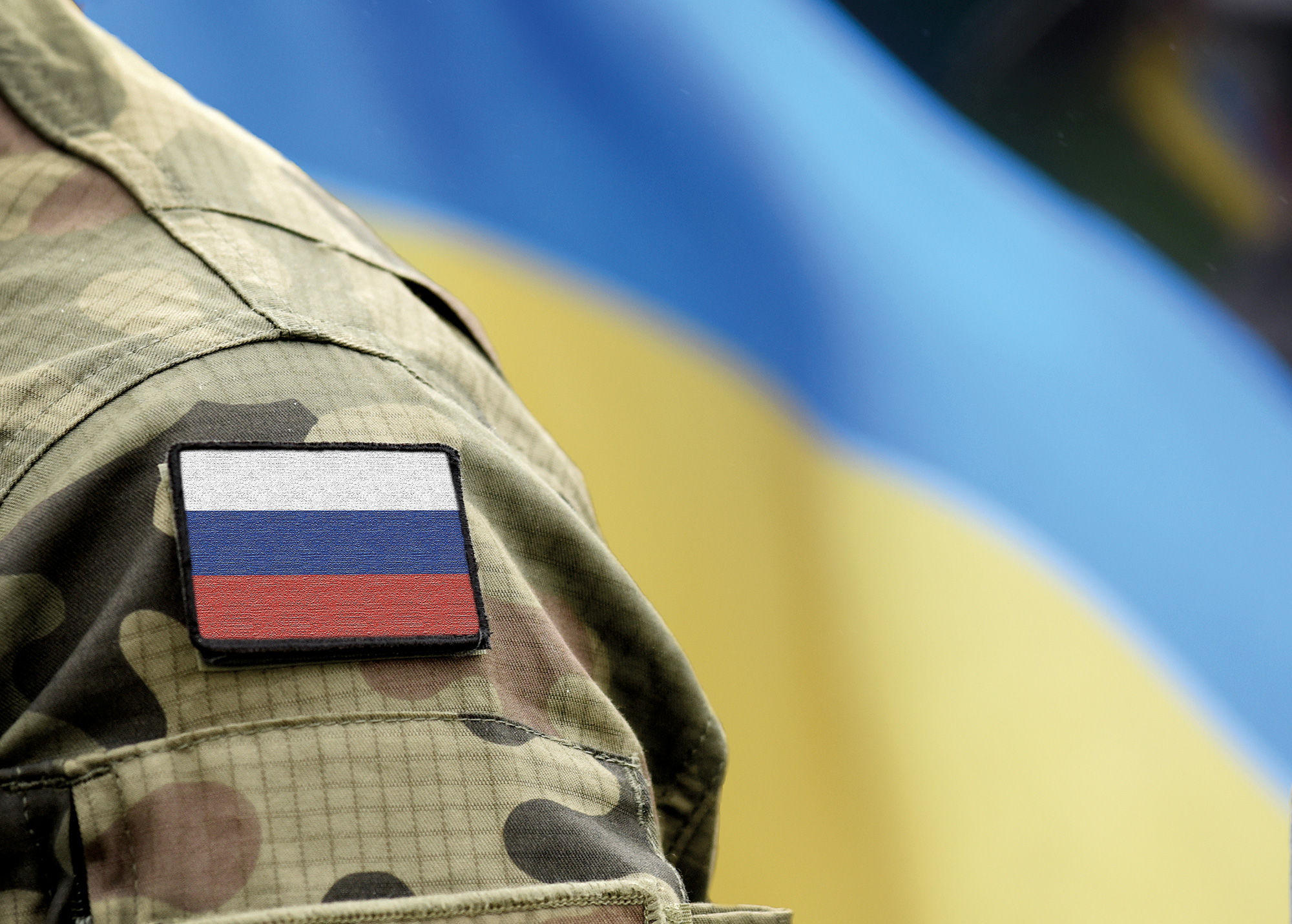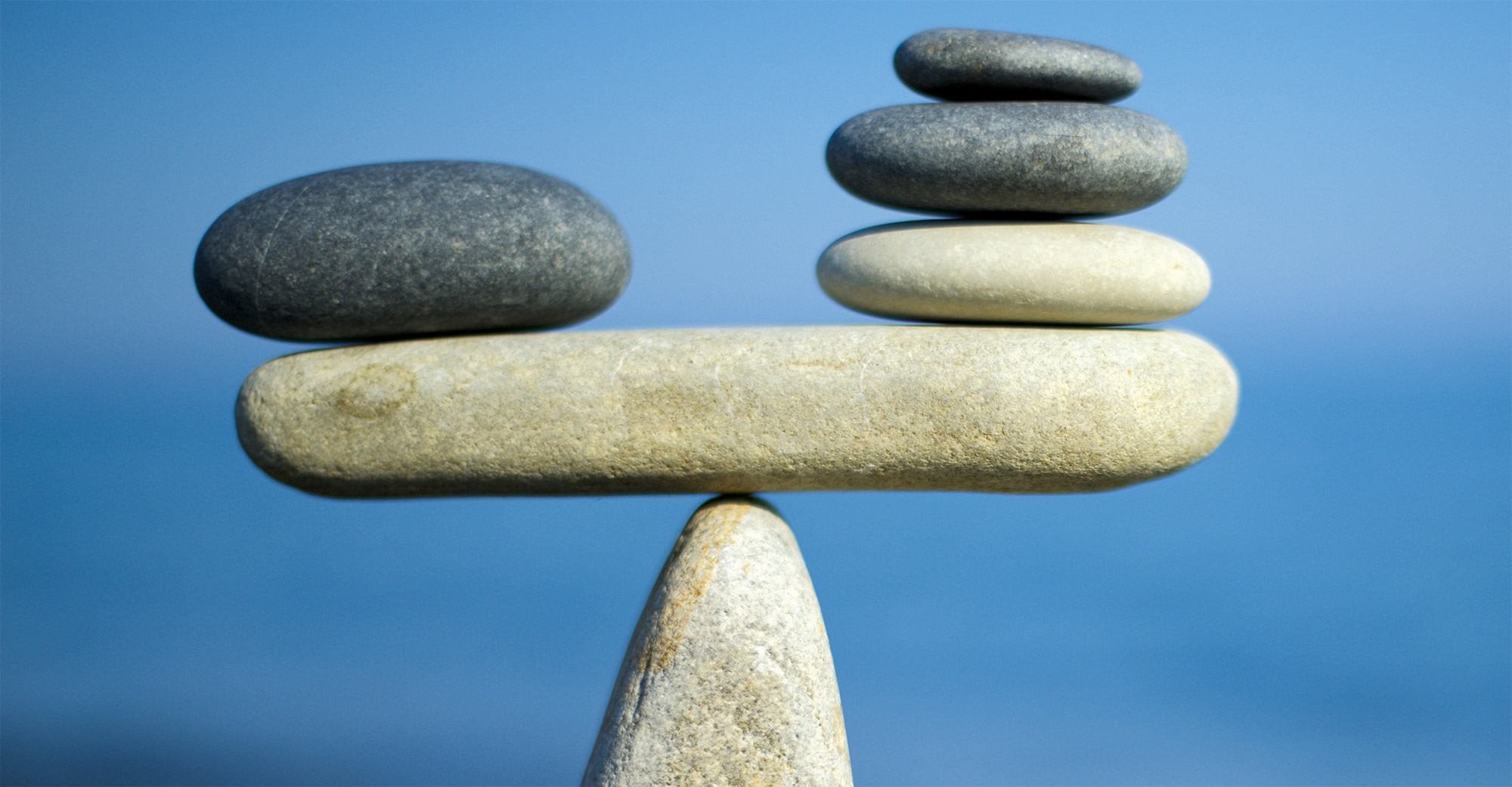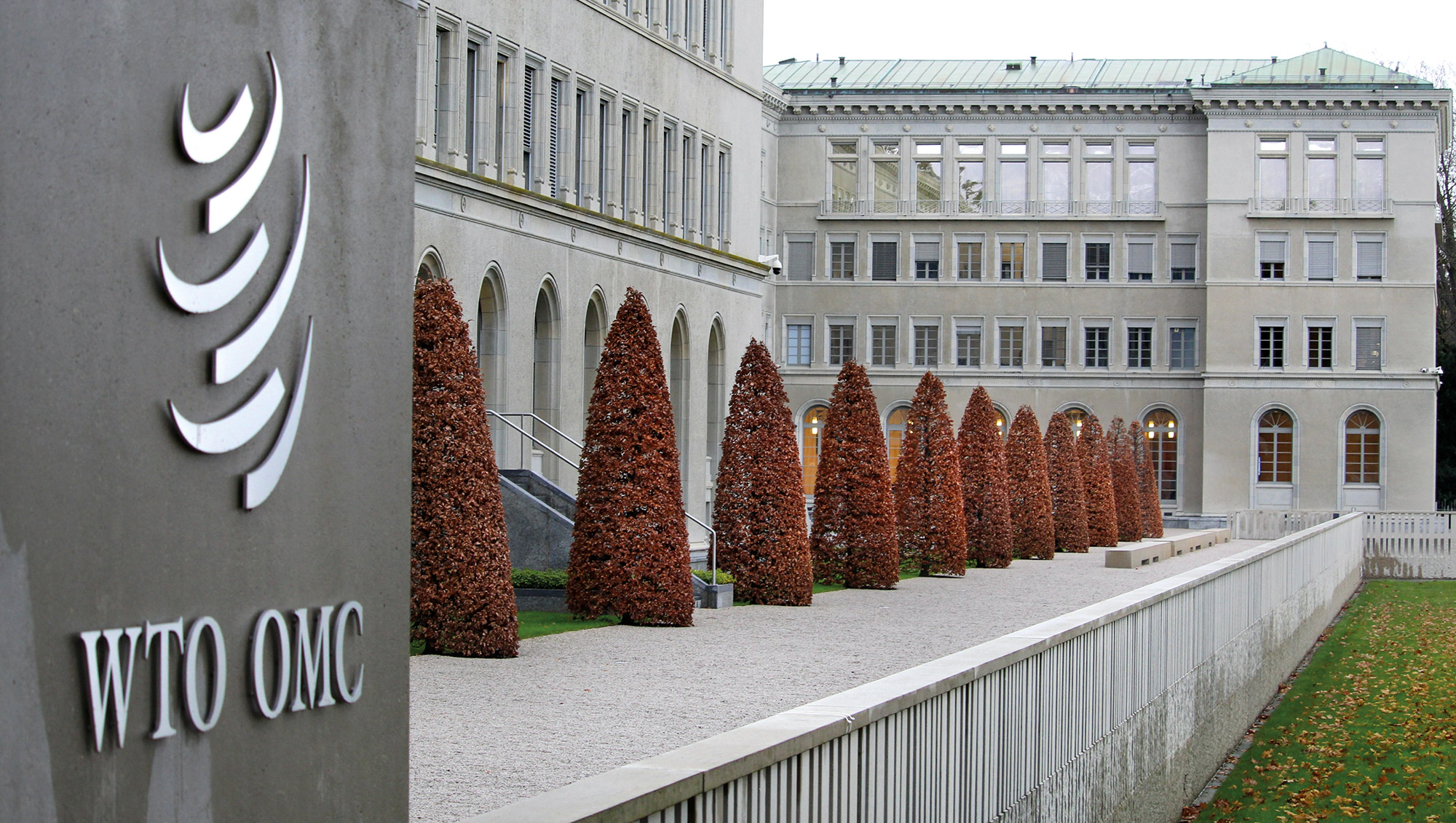G7 countries bought together by crisis
[vc_row][vc_column width=”1/2″][vc_column_text]
By BRENDAN FILIPOVSKI
G7 countries in blue, other EU member states in green
Are the G7 countries still relevant? Some would say it is a cold war relic and that it lacks the influence it once had. When the G7 came together in 1976, it comprised 66.3 percent of world GDP but in 2021, this had fallen to 44.1 percent. But perhaps the pendulum is swinging back with the rise of China and the estrangement with Russia.
The G7 (Group of 7) is an annual meeting of the leaders of the seven leading democratic and industrialised nations. It includes the United States, Canada, France, Germany, Italy, Japan, and the United Kingdom. It is informal because it has no charter or secretariat. Instead, it has a revolving presidency with member countries taking turns in hosting the summit and setting its agenda.
The G7 discusses governance and coordinated action on the global economy, security, and energy. Given their share of world GDP and their influence on global institutions, the G7 can shape the direction of the global economy, and international frameworks. This is primarily achieved by building a consensus view that tends to lead global discourse. Other leading democracies and international institutions are often invited to G7 summits as guests.
The G7 countries last met in June 2022 at Schloss Elmau in Bavaria, Germany. The conflict in Ukraine, food security, COVID-19, and its Partnership for Global Infrastructure and Investment were key topics. G7 members have provided Ukraine with $2.8bn in humanitarian aid and $29.5bn in budget aid.
The G7 grew out of occasional meetings in the early 1970s between the G5: United States, France, Germany, Japan, and the United Kingdom. The G5 met to discuss concerns over the collapse of the US Gold standard, the 1973-75 recession, and the OPEC oil shocks. In the depths of the cold war and with the 1968 protests still fresh in collective memories, the G5 feared that further economic stability could lead to political instability and opportunities for growing Soviet influence.
The G6 was formed in 1975 when French President Valéry Giscard d’Estaing and Chancellor Helmut Schmidt of West Germany invited the G5 countries plus Italy to Chateau de Rambouillet outside of Paris. Given its success, it was decided to make the G6 an annual summit. Canada joined in 1976 to make it the G7.
With the collapse of the Soviet Union in 1991 and the establishment of a Russian democracy, President Boris Yeltsin met with each of the G7 leaders following the 1994 Summit. In 1998, Russia was added to the group making it the G8. But in 2014, Russia was suspended after it annexed Crimea from Ukraine. It has not been invited back since.
Since 1998, a summit at the ministerial level has been added to help with the G7’s growing agenda.
In 1999, the G20 was created, with G7 ministers meeting with the ministers of 12 emerging countries and the EU. A G20 leader’s summit began in 2008. The G7 recognised the growing influence of emerging economies, particularly China, and that the G7 would need their help in forming a global consensus going forward.
The chart below shows the prescience of the G7’s move. Since the early 2000s, China’s share of GDP has risen while the G7’s has fallen. China’s influence has also grown with the help of its Belt and Road Initiative.
During the 2007-09 Global Financial Crisis, the G20 emerged as the more important body, leading the coordination of the international response to the crisis. At this time it seemed that as China and the G20 grew in importance, the G7 would wane.
Its apparent decline was seemingly underlined in 2018 when US President Donald Trump withdrew his agreement from the G7’s summit communique over Twitter at the last minute. The remaining countries were left with no time to salvage it. At the time many commentators such as Bruegel proclaimed the death of the G7.
However, Trump’s trade war with China has ironically re-infused the G7 with importance. With China and the West increasingly at odds, both economically and politically, and the election of President Joseph Biden, the G7 has remerged as the core consensus builder for global policy and a counterweight to competing influences. This has been furthered by increased tension with Russia.
[/vc_column_text][/vc_column][vc_column width=”1/2″][vc_column_text]
G7 countries
Member | Population (2018) | GDP Growth (2021, %) |
|---|---|---|
36,953,765 | 4.5629 | |
67,539,098 | 6.9636 | |
82,293,457 | 2.8926 | |
59,290,969 | 6.6438 | |
127,185,332 | 1.6208 | |
66,824,418 | 7.4413 | |
330,530,669 | 5.6711 |
Sanctions Against Russia Resemble a Boxing Match
Lord Waverley: Quest for Balance and Unity Hampered by Blurred Lines and Differing Standards
OECD: Blended Finance Institutional Role in Responding to COVD-19
Lord Waverley on WTO: Inclusive and Sustainable Trade Reforms are Vital for Shared Benefits
Lord Waverley: A New Chapter for the UK and a Meeting Place for the World
OECD: Key Takeaways From the Third OECD Conference on Private Finance to Realise the SDGs
Debt Relief Needed to Preserve 30 Years of Progress
African Risk Capacity: Africa Takes the Lead in Managing Climate Risk
Angola’s Sovereign Wealth Fund Announces Investment Policy
Vladimir Putin Talks About BRICS
Loading, Please Wait!
This may take a second or two.

























































































